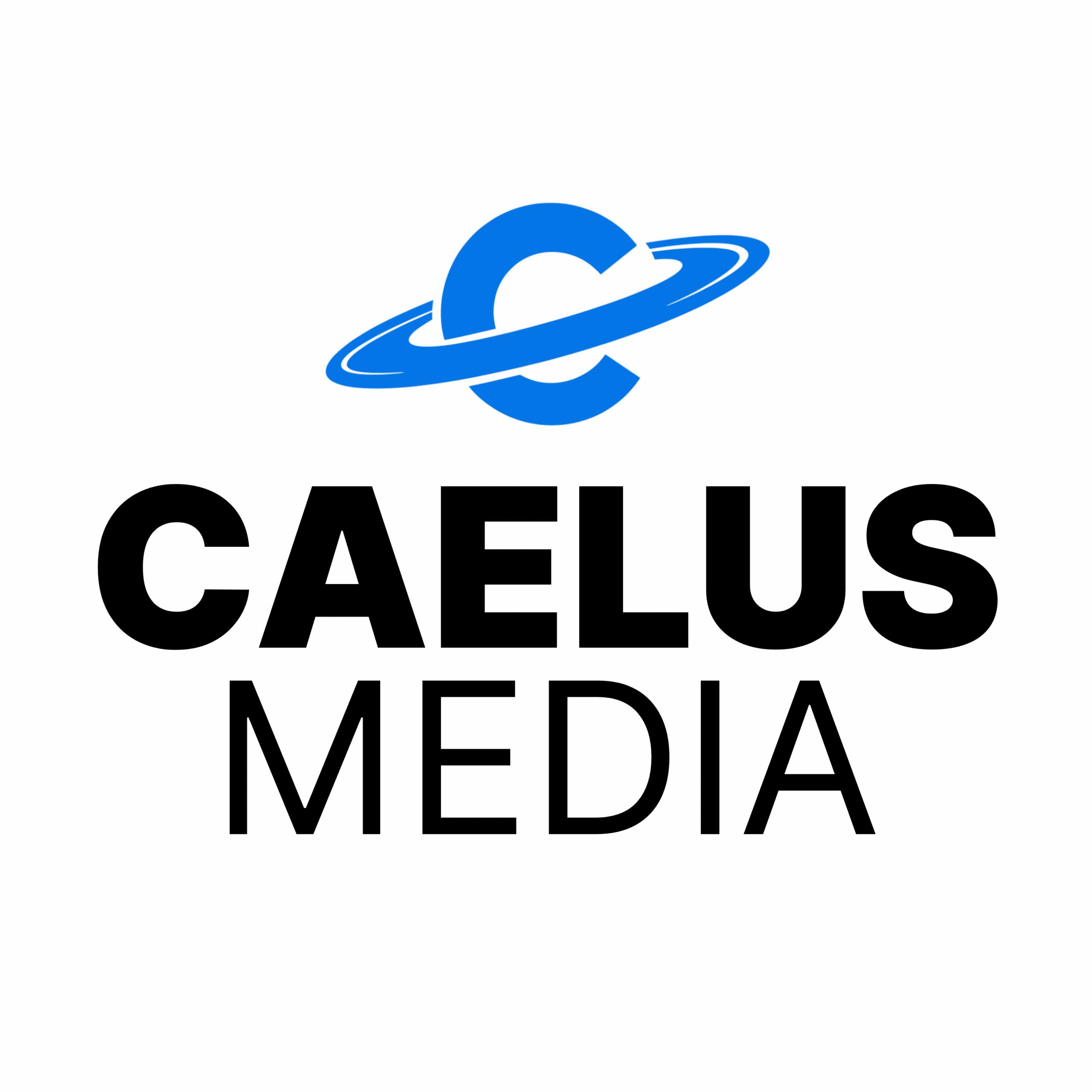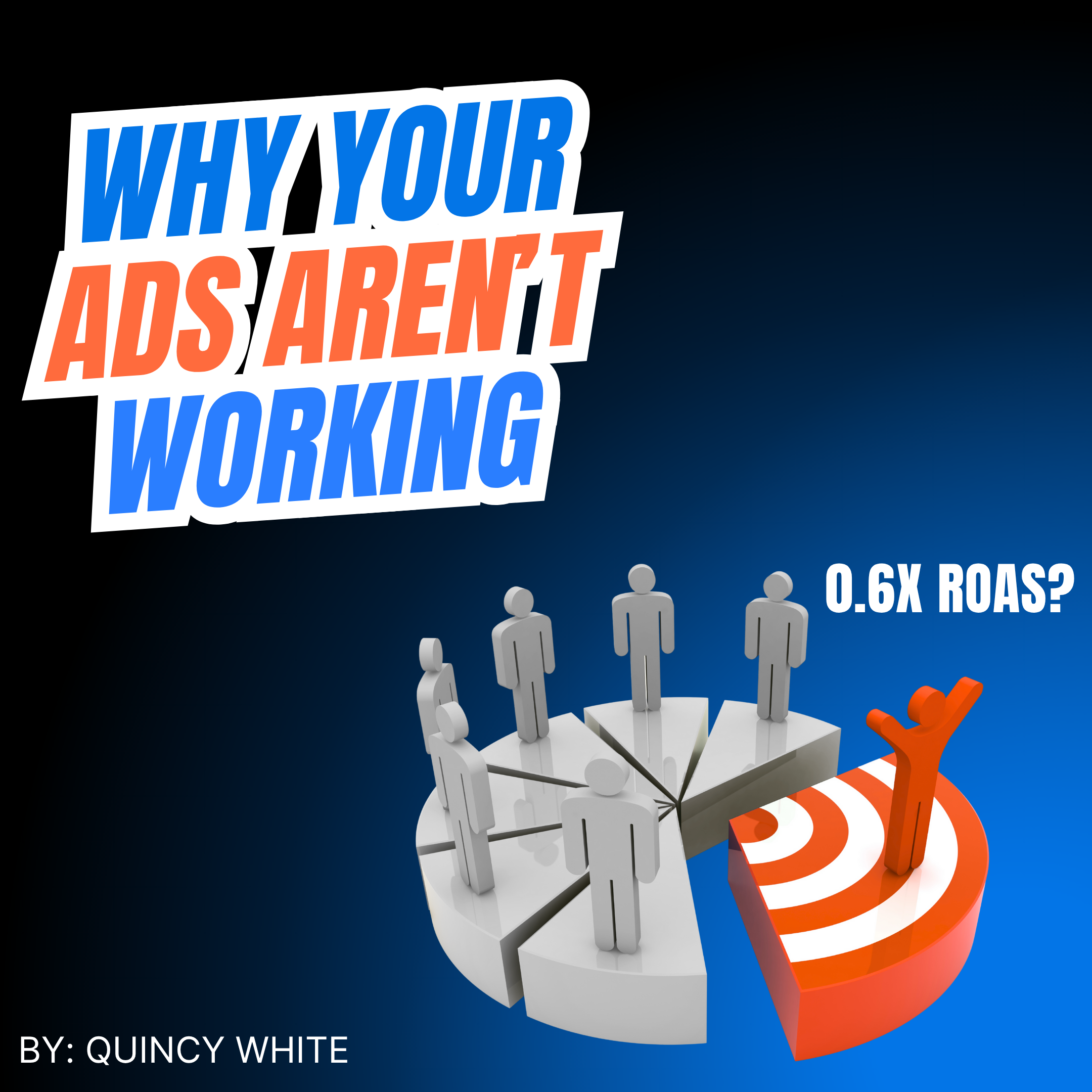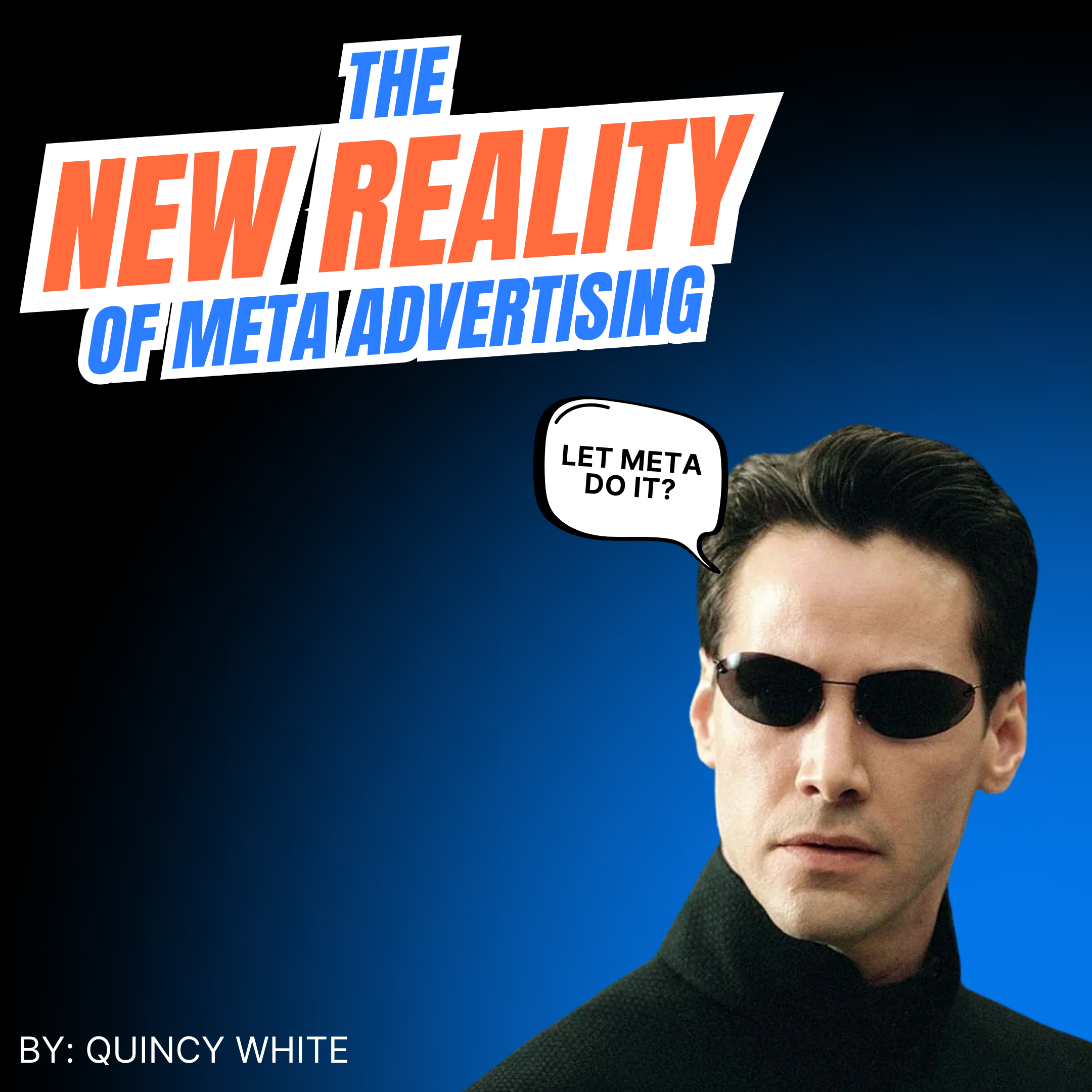Andromeda is in full swing. If you advertise on Meta there is a good chance you can’t go 5 minutes without seeing a YouTube video, Instagram post, TikTok video, or Tweet talking about it.
I am going to explain how it works, how to use it, and why it is the best thing that has ever happened to your business.
Some people disagree, but some people think the earth is flat.
What it is:
Andromeda is Meta’s new retrieval engine. In an ad-delivery system, retrieval is the process where the platform takes a massive pool of potential ads (often millions or tens of millions) and selects a smaller subset (thousands or less) that are eligible to be shown to a user.
After retrieval, those ads go through ranking and bidding phases before one is shown.
TECHNICAL:
It runs on Meta’s MTIA chips and NVIDIA Grace Hopper hardware, enabling far larger, faster models.
Meta reports a 10,000× increase in model capacity, +6% recall, +8% ads-quality on selected segments, and 3× more inference throughput after deploying Andromeda across Facebook and Instagram. Engineering at Meta
Meta’s analogy:
Imagine having a personal concierge who knows your tastes so well that they don’t just understand that you covet shoes, but that you like to wear red flip flops at the beach.
If you have experience in digital marketing, this reads like more of the same. The concierge analogy understates the scope of this adjustment.
Previously, most of the targeting was done in the later stages: Engaging with a dress-shoe ad triggered a flood of more dress-shoe ads.
With Andromeda, Meta already “knows you”. Andromeda’s retrieval can processes hundreds or even thousands of times more ads than the later stages. The retrieval step infers your profile before signals like watch time, likes, comments, or purchases. It does not wait for engagement.
Why it matters for advertisers:
Because retrieval scales so much bigger, the system can consider far more creative options and match them more precisely to people and contexts. Meta ties this directly to Advantage+ automation and the explosion of new creative variants from GenAI tools.
In short, the more meaningful creative variety you provide, the more chances Andromeda has to pick the right ad for the right person. Engineering at Meta
About the “six-ad limit”:
Meta’s old guideline about “six ads per ad set” has been removed from help pages. Something you may have missed unless were curious.
Advertisers have been seeing better results for over a year by running more ads per ad set. It is always good to see Meta confirm what we already knew.
The current direction is less about a fixed cap and more about avoiding overload while still giving the system enough variety. Use volume sensibly rather than chasing a magic number.
What to do now
- Diversify on purpose
Test distinct concepts and angles instead of tiny tweaks. Example: problem → solution, social proof, demo, outcomes, offer, FAQs. Build each in 1:1, 4,5, 9:16, 1.91:1. -
Broaden targeting, let creative do the work
Keep ad sets broad and avoid over-segmentation. Andromeda and Advantage+ use your creative signals to find the right people. -
Use Advantage+ features intentionally
Enable Advantage+ placements and creative where it fits your brand. Review AI-suggested variations and keep what’s on-brand. Meta reports ROAS and conversion lifts when advertisers adopt these capabilities.
Pro tip: Check the persona suggestions in Primary Text AI Variations. Build dedicated ads for those personas. This expands your concept list and reveals audience personas Meta easily recognizes. -
Structure for learning, not micromanagement
Consolidate campaigns. Avoid spreading small budgets across too many ad sets. Give each ad enough spend. now favors more than a handful of ads when budget supports it, but focus on quality variety over raw count.
If you have only one product, service, or offer, you can scale with only one ad set. -
Measure at two levels
Watch performance for the portfolio, then identify which themes consistently contribute. Retire weak concepts, scale proven angles, and keep it fresh. -
Keep signals clean
Audit pixel/API events. Optimize to conversion events tied to real value. Bad or noisy events will teach the wrong patterns to a very powerful system.
Key takeaway
Andromeda makes Meta far better at picking from many creative options, so your edge now comes from supplying diverse, high-quality creative inputs and keeping your structure simple enough for the system to learn and match them well.




